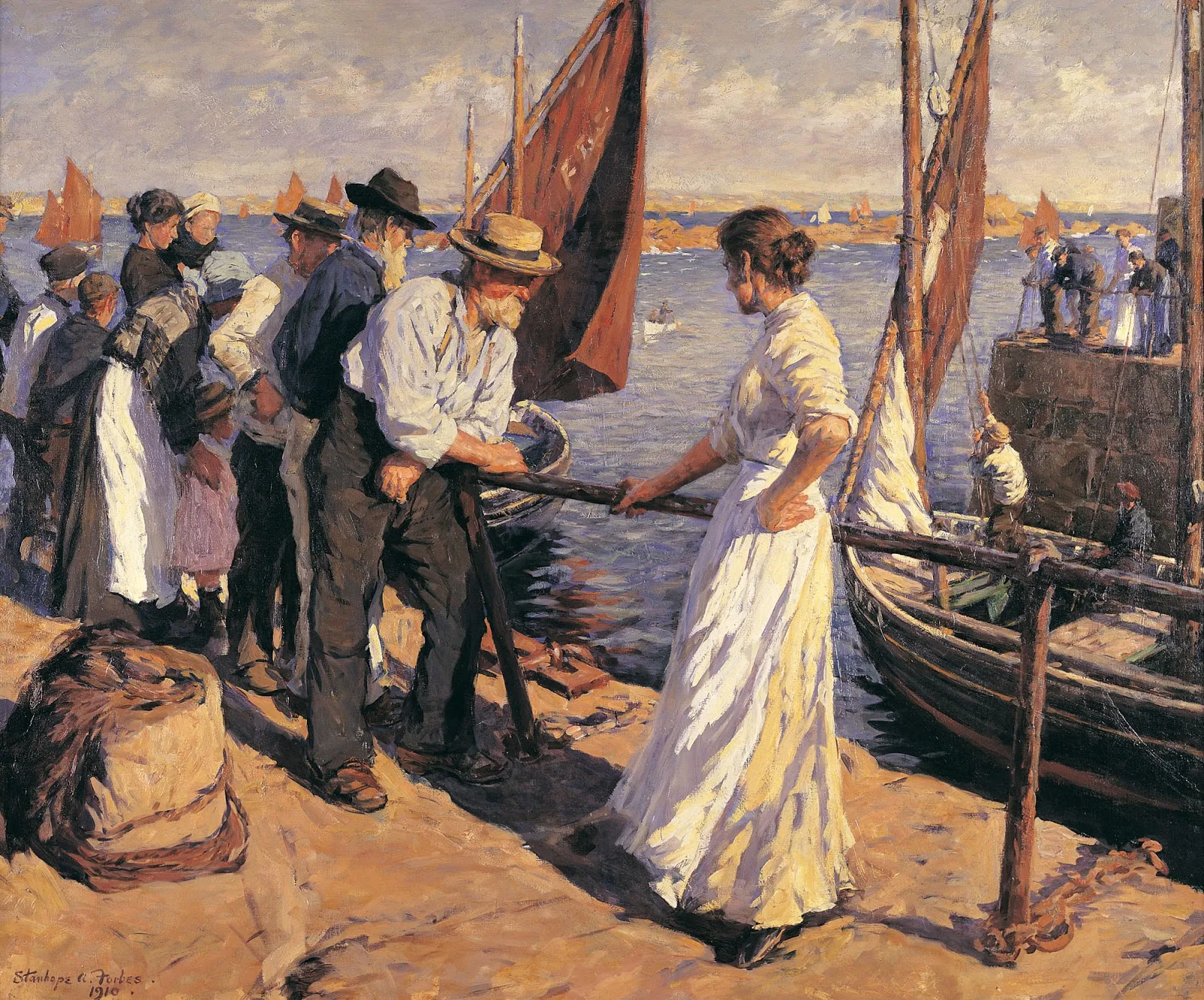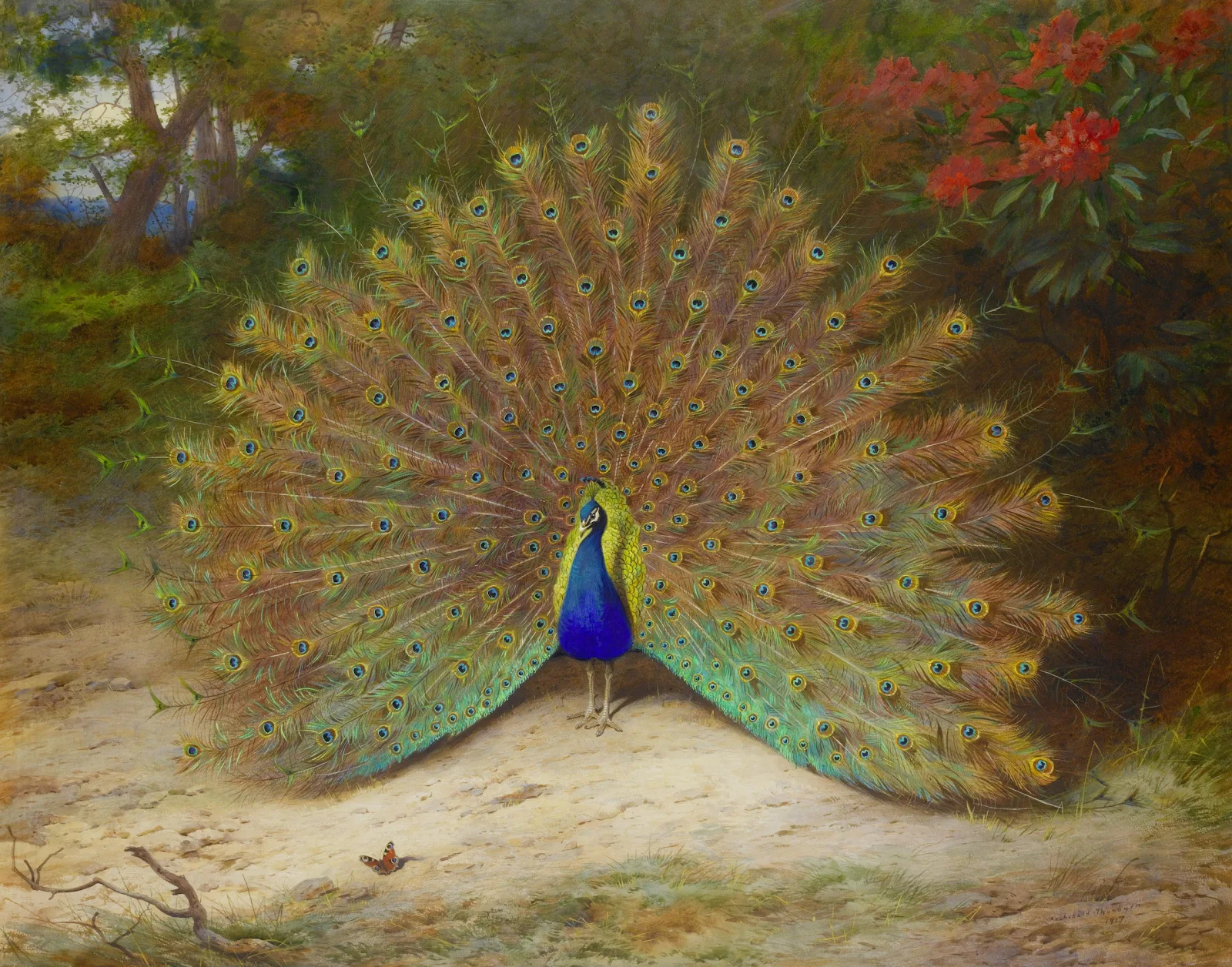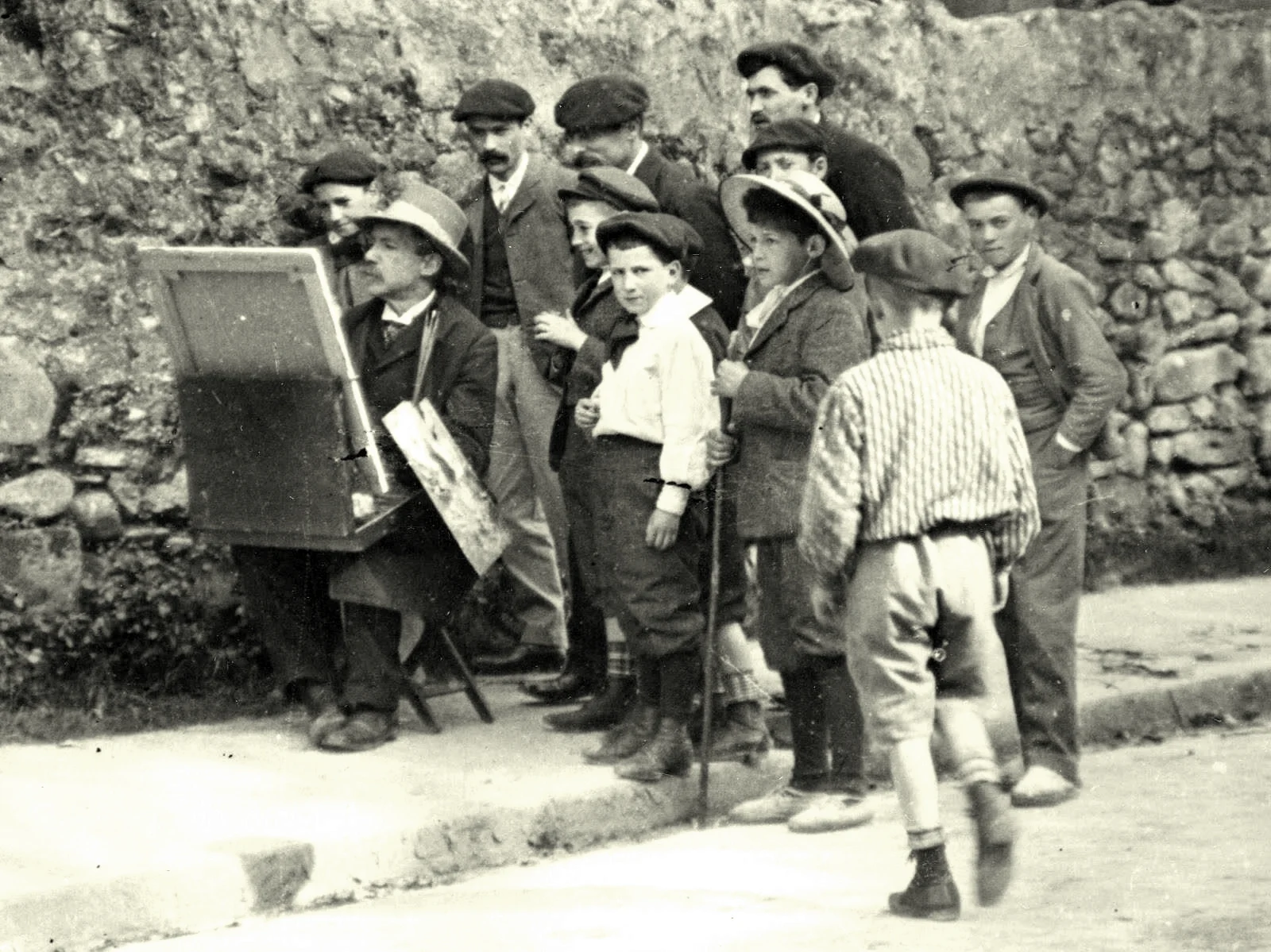National Gallery, London / Thomas Gainsborough was, with Reynolds (his main rival), the leading portrait painter in England in the later 18th century. The feathery brushwork of his mature work and rich sense of colour contribute to the enduring popularity of his portraits. Unlike Reynolds, he avoids references to Italian Renaissance art or the Antique, and shows his sitters in fashionable contemporary dress.
Home » Tutti i post

Stanhope Forbes | Plein Air /Genre painter
Tate, London / Stanhope Alexander Forbes (1857-1947) Painter of realistic genre, frequently in the open air, historical subjects and landscapes. Born 18 November 1857 in Dublin, son of a railway manager and a French mother. Studied at Lambeth School of Art, the R.A. Schools 1874-1878 and for two years in Paris under Bonnat. Influenced by Bastien-Lepage and painted in Brittany with La Thangue 1880. Settled in Cornwall 1884 and became a leading member of the ‘Newlyn School’.

Archibald Thorburn | Naturalism wildlife painter
Archibald Thorburn (31 May 1860 - 9 October 1935 Hascombe, Surrey) was a Scottish /British animal painter and bird illustrator, painting mostly in watercolour.
He regularly visited Scotland to sketch birds in the wild, his favourite haunt being the Forest of Gaick near Kingussie in Invernesshire. His widely reproduced images of British wildlife, with their evocative and dramatic backgrounds, are enjoyed as much today as they were by sportsmen and birdlovers of a century ago.
Peacock and Peacock Butterfly
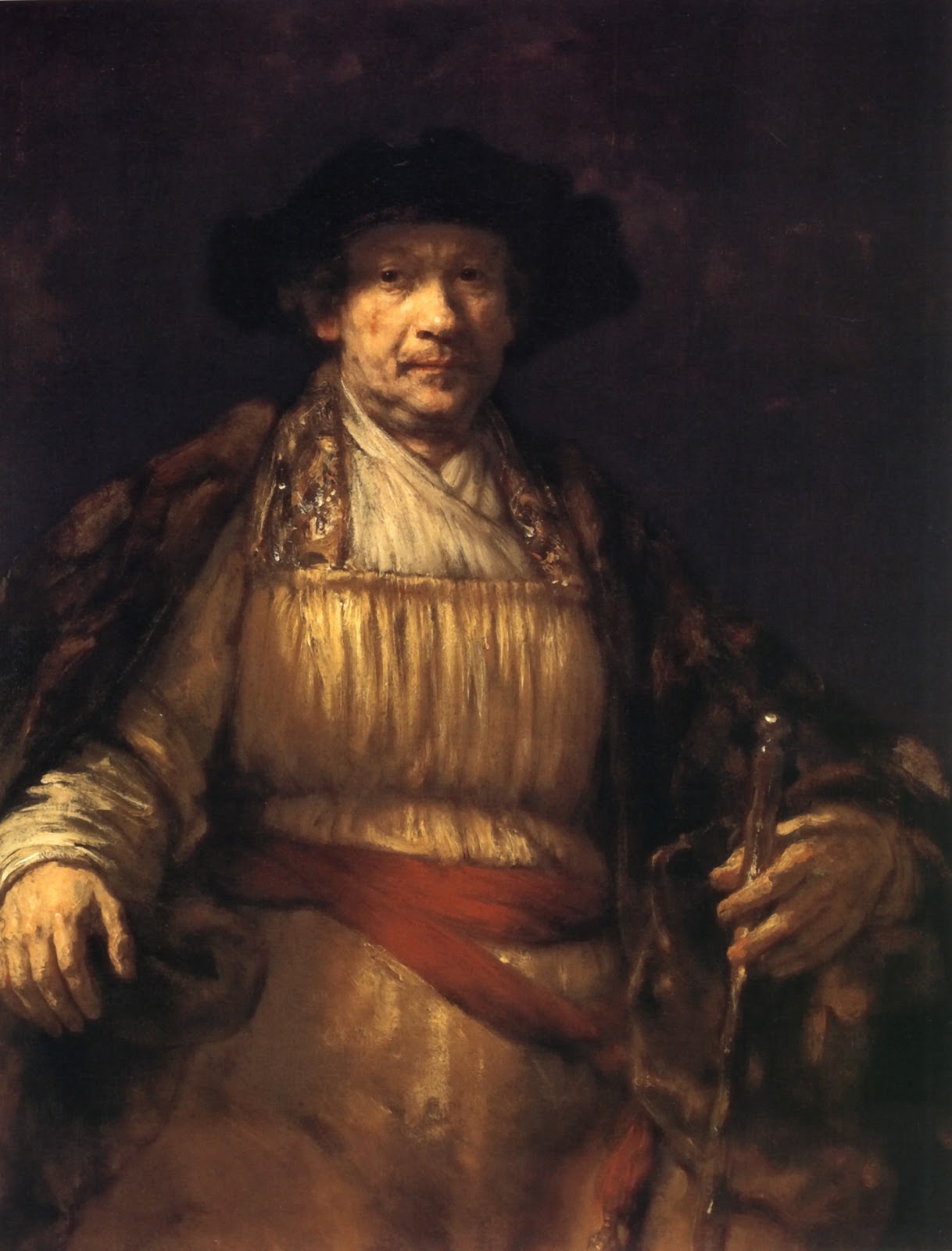
Rembrandt | Self-Portrait, 1658
Of the many self-portraits Rembrandt painted over a lifetime, this is perhaps the greatest, not only for its poignant revelations of the self, but for his sure handling of paint.
The initial effect on viewers is daunting, as though they are confronting an ill-tempered monarch.
The strange costume he wears is timeless.
In place of a crown, he wears a large velvet artist's beret.
Rembrandt | Self-Portrait, 1658 | Frick Collection, New York

Laura Knight | Avant-Garde painter
Dame Laura Knight (1877-1970) was one of the most popular and pioneering British artists of the twentieth century. Her artistic career took her from Cornwall to Baltimore, and from the circus to the Nuremberg Trials. She painted dancers at the Ballets Russes and Gypsies at Epsom races, and was acclaimed for her work as an official war artist.
Knight used portraiture to capture contemporary life and culture, and her paintings are remarkable for their diverse range of subjects and settings.
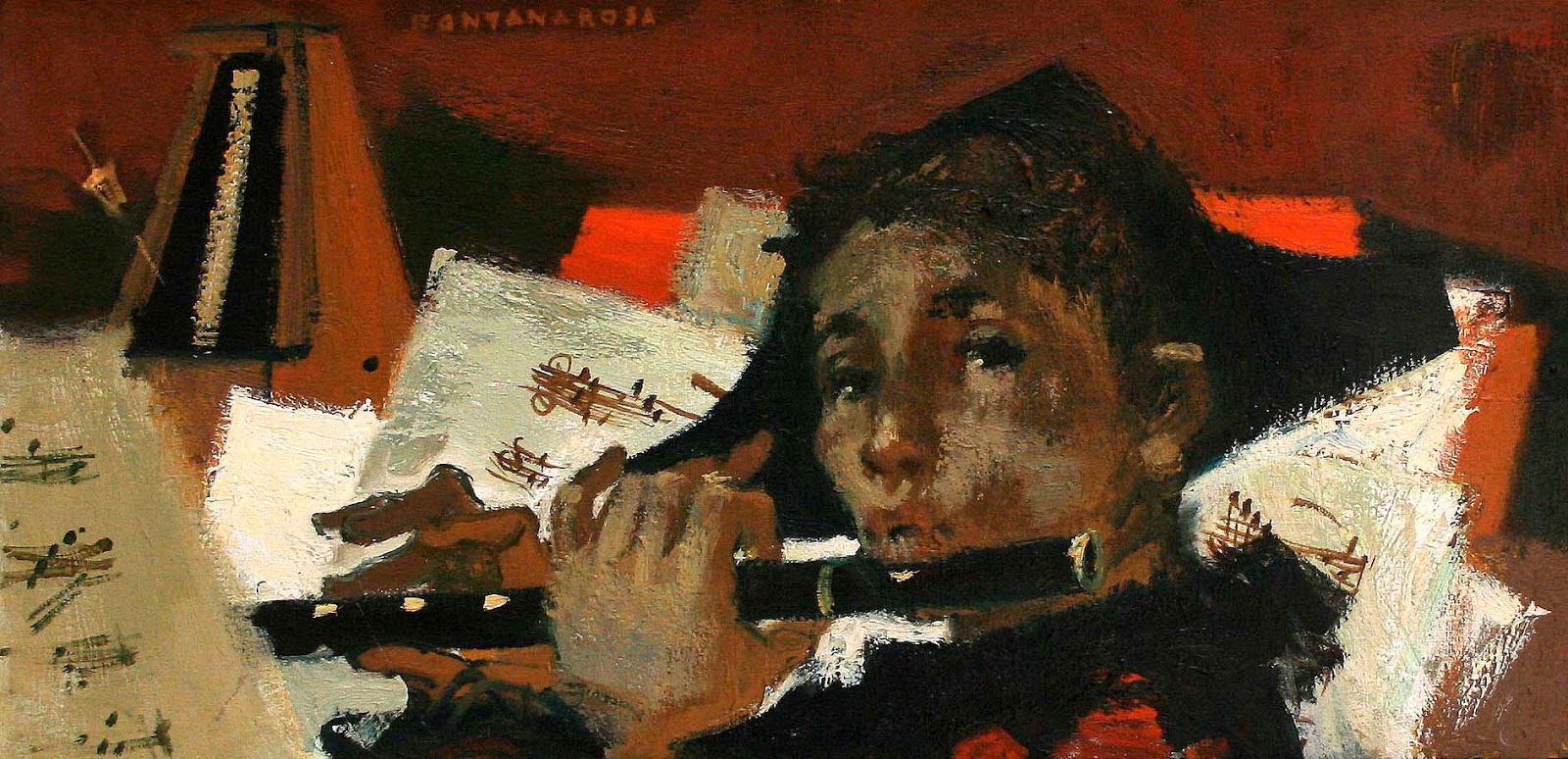
Lucien Fontanarosa | Post-Impressionist /Expressionist painter
Lucien Fontanarosa (1912-1975) was born to Italian parents in Paris where his father worked as a tailor. Fontanarosa grew up in Paris and also in Padua, Italy. He showed interest in art as a child, and spent his free time sketching the streets of Paris as a boy along the banks of the Seine. He took classes in these early years in Classical Art at the Academie Julian.
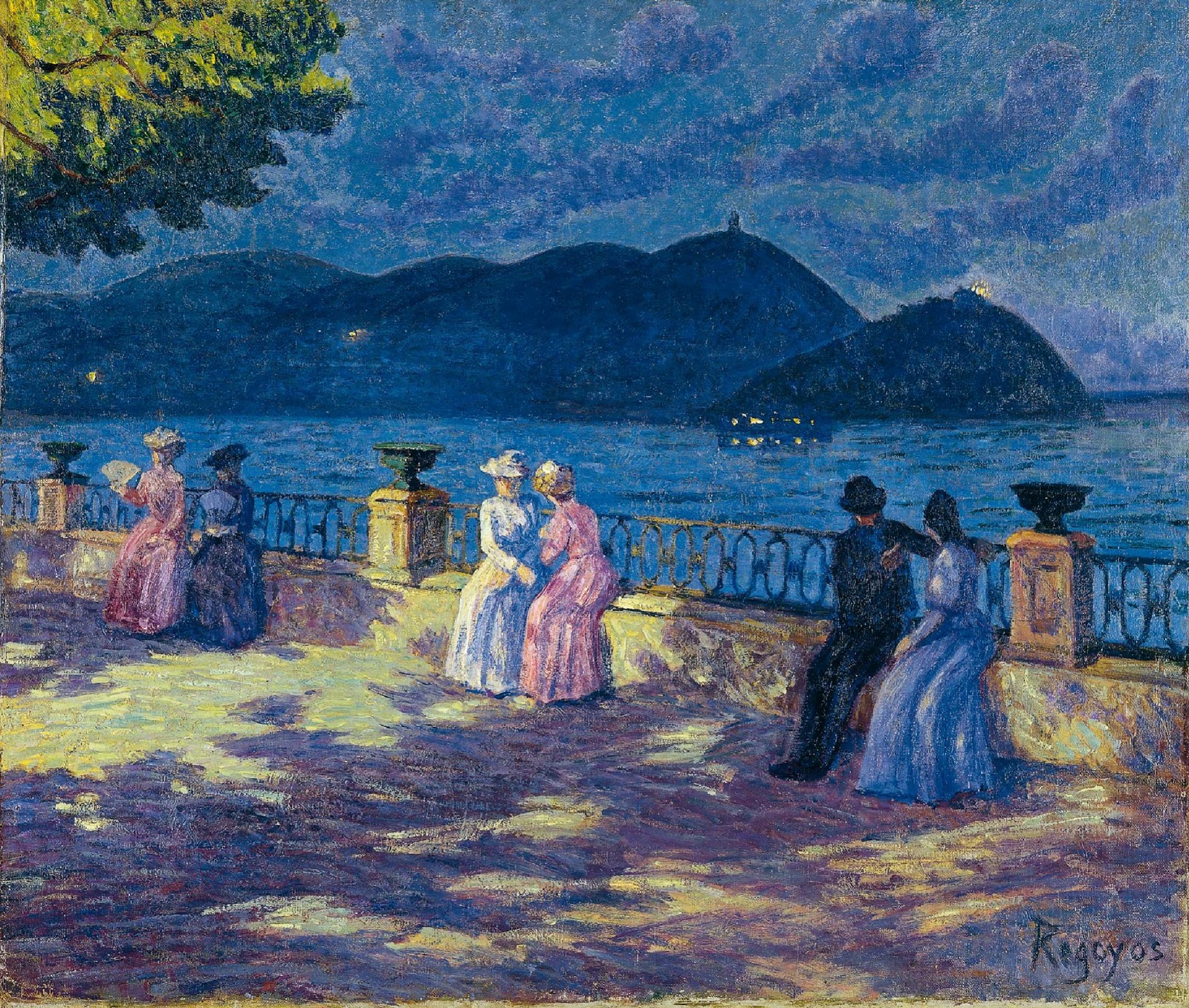
Dario de Regoyos | Plein air painter
Darío de Regoyos y Valdés was born in Ribadesella (Asturias) in 1857 and died in Barcelona in 1913. He spent his childhood and teenage years in Madrid. He began his artistic training in 1877 as a pupil of Carlos de Haes in the landscape department, receiving classes in landscape drawing. His eagerness to travel and learn about emerging foreign art movements spurred him in 1879 to visit Brussels, where his musician friends Isaac Albéniz and Enrique Fernández Arbós were then staying.
On the advice of Carlos de Haes, while in Brussels he contacted the man who had been Haes’s master years earlier, the Belgian painter Joseph Quinaux (1822-1895).

Fernando Fader | Post-impressionist painter
Fernando Fader (April 11, 1882 - February 25, 1935) was a French-born Argentine painter of the Post-impressionist school.
Fernando Fader was born in Bordeaux, France in 1882. His father, of Prussian descent, relocated the family to Argentina in 1884, settling in the western city of Mendoza before returning to France a few years later. Graduating from secondary school, Fader returned to Mendoza in 1898, where he first practiced his skill as an artist painting urban landscapes. Fader relocated to Munich in 1900, where he enrolled at a local vocational school. This training allowed him enrollment at the prestigious Munich Academy of Fine Arts, where he was mentored by Heinrich von Zügel, prominent in Europe's Naturalist Barbizon School.
Iscriviti a:
Post (Atom)




